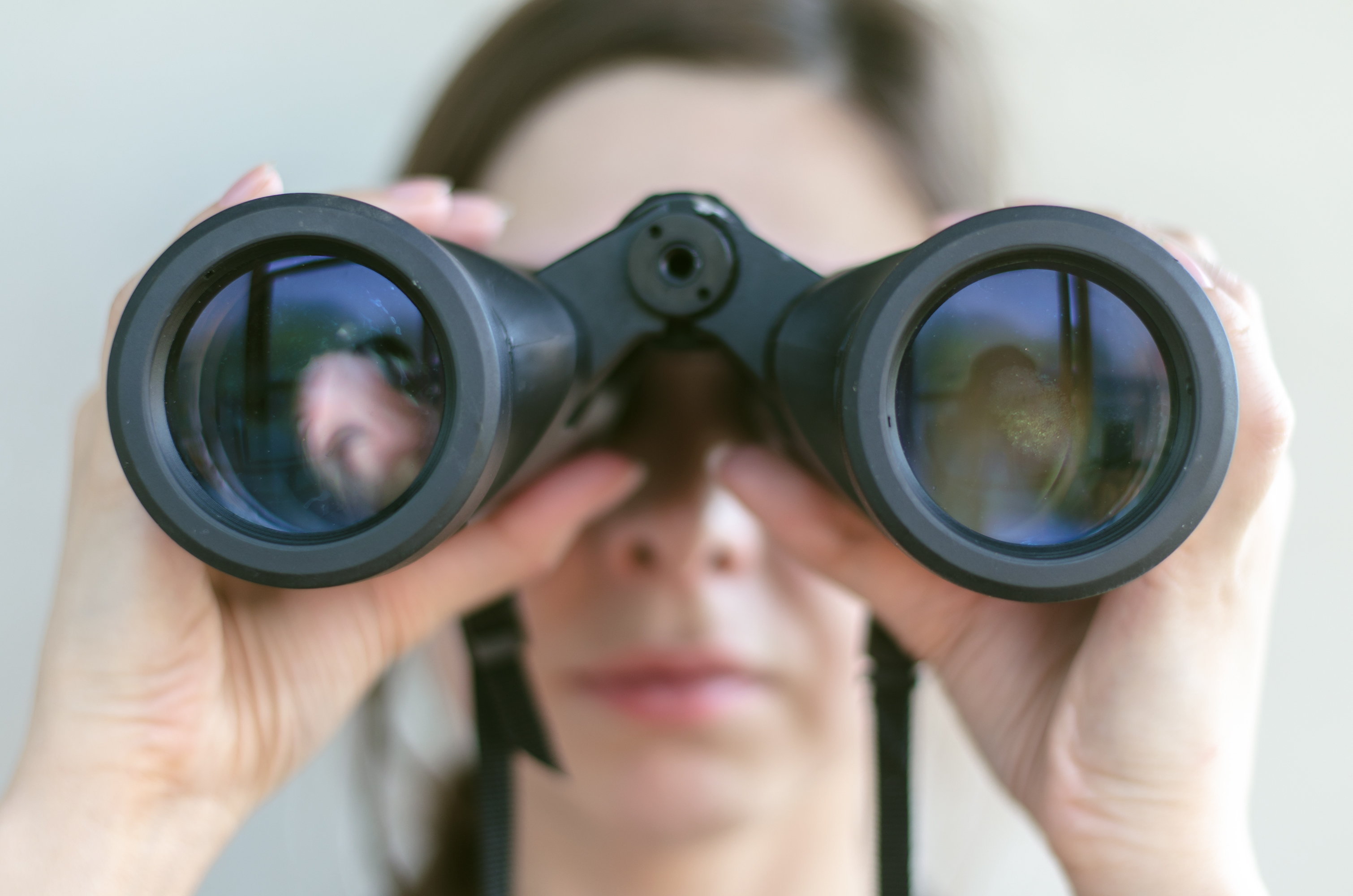
Picking a pair of binoculars sounds like a simple enough task, but any avid birder would disagree. Choosing the right pair takes many different factors into account, all of which are unique to each individual person. What one may love, another may not. Whether you’re new to birding and don’t have a pair yet, or are a seasoned birder looking to improve your optics game, there are a few important things to consider before purchasing.
Determine Your Budget
It seems like a no-brainer, but it’s true— spend only what you’re able to afford. Many top brands have lower-priced models available with great magnification and image quality for a few hundred dollars, so you can be assured that no matter your budget, you’ll be able to find a great pair that suits your preferences. Here are a few great options, all with different price points:
Economy (under $200):
- Nikon Action Extreme 7×35 ATB
- Celestron Nature DX 8×42
Mid-Priced ($200-$500):
- Nikon Monarch 5ATB
- Zeiss Terra ED 8×42
Top Affordable ($500-$1,000):
- Vortex Viper HD 8×42
- Maven B1 8×42
Best of the best ($1,000+):
- Zeiss Victory 8×42
- Swarovski SLC 8×42
Choose a Magnification
You’ll notice that all binoculars are described by two numbers. The first number is the magnification, or how many times larger the image is being magnified, while the second number is the diameter of the lens at the end of the tube, called the objective lens.
Although magnification is important in a pair of binoculars, the brightness and field of view are arguably more important. The higher the magnification, the greater the movements and shakiness of your hands while you’re holding the binoculars, and the more distortion you’ll see from “heat shimmer,” or hot air currents at a distance, making it more difficult to see a sharper image.
As a general rule of thumb, 10x models are better for distance, but have a narrower field of view and a darker image in low light, while 8x models have a wider field of view and provide a brighter image, making it easier to spot a bird and follow its movements. Less experienced birders may prefer 7x or 8x models since they are a bit easier to use. The model you choose based on magnification and size comes down to preference, expertise, and what type of birding you plan on doing. So, while there isn’t a right or wrong choice, make sure you choose the pair that’s right for you.
Consider Eye Relief
If you wear eyeglasses, eye relief will be especially important when deciding which pair to purchase. When designing binoculars, optics engineers project the image a certain distance, measured in millimeters, from the end of the eyepiece- this distance is called eye relief. Birding binoculars offer anywhere from 15mm to 20mm with eyecups that extend and retract.
Unless the pair you choose is designed for eyeglass wearers, your eyes will be farther away from the binocular eyepiece than the eyes of a non-glass wearer will be, and you will see a smaller field of view. If, while wearing your glasses and looking through the binoculars, you experience image blackout or can see black rings around the image, try adjusting the eyecups. Trial and error will help you narrow down which pairs of binoculars allow you to see the full field of view and have the best viewing experience while wearing your glasses, so that you purchase the pair that suits you best.
Research Additional Features
Before dropping what could be hundreds (or even thousands!) of dollars on a pair of binoculars, be sure to do some additional research first. Are they waterproof or water resistant? How accurate is the color rendition? What type of warranty, if any, does the optics company offer, and how long does it last for? These are all important factors to take into consideration, and one or more of them may change your mind the further into them you research.
If you still sure aren’t sure which pair is right for you, talk to fellow birders and see what does and doesn’t work for them. Consulting with birders of different skill levels will give you a good basis from which to start, and may help you consider options you wouldn’t have otherwise. Ultimately, if you can afford it, you like the weight and feel of it in your hands, the eye relief doesn’t obscure your view, and the magnification and picture quality are good, then you’ve likely found yourself the perfect pair of binoculars that will serve you well in all of your birding adventures for years to come! If you’ve found a pair binoculars you love, share your pair in the comments below!